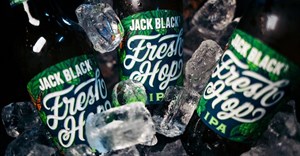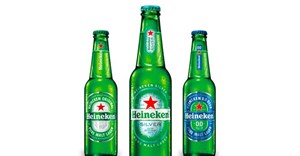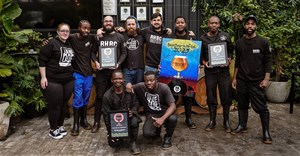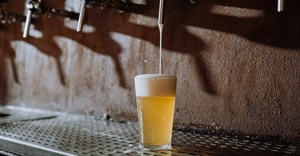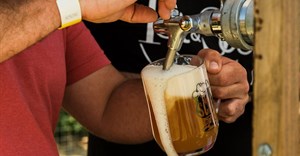
Subscribe & Follow
Jobs
- Customer Service (UK Company) Work from Home Work From Home
- Finance Manager Cape Town
It's a lager, it's a pilsner... No, it's super beer!

Brendan Grundlingh, an executive from Standard Bank's Global Consumer Sector team, says the reason the market is growing so quickly is due to the increased demand driven by trends around authenticity and originality in the food and beverage space. The growth is being hindered by a lack of supply and funding, consistency and quality issues as well as poor marketing practices.
"Consumers in this segment want locally made products with a story behind them rather than a mainstream produced product. We are in the early stages of growth, but super-premium is a beer category with potential."
Growth in South Africa could also be matched in the rest of Africa. The US market is often used as a benchmark and Grundlingh says there is no reason the market in Africa cannot take off as it has in America. In the US, the retail value share for super-premium beer is 14%, with a 20% growth rate since 2012.
Some major consumer trends are helping give the market a push. Research by Nielsen shows modern trade grocery outlets now make up 35% of alcohol sales by value. Craft beer sales are predominantly sold through on premise outlets in South Africa. This could present a major opportunity for super-premium growth through channel expansion.
"The industry is still so new, so it is yet to gain traction. We have too many brands and there is not enough scale efficiency."
In Johannesburg, for example, the main brands consumed are all manufactured in Cape Town and are distributed and transported to Johannesburg. Yet the market in Johannesburg has the potential to be six times bigger than Cape Town.
The top five brands in South Africa are Jack Black, CBC, Darling, Boston, Mitchell's and they make up about 3.7 million litres of the 8 million litre market (the total premium and lite category in South Africa is estimated to be about 790 million litres).
Beer and soft drinks are the beverages of choice in Africa and should be correlated to annualised GDP growth of 7% over the next three years. However, the market is very fragmented and in South Africa, for example, the market is expected to consolidate.
"The top ten craft brands are likely to dominate and take control of the national market. Those on the fringes could fall away due to lack of funding and supply constraints."
Standard Bank wants to harness its research into the industry, advisory expertise and network across Africa to assist businesses to take advantage of the growth opportunities - and not wither away as these trends unfold. "We want to support growth and partner with these businesses. We understand the issues in the market and can assist with working capital and funding needs."
Growth threats
Threats to growth include regulations around labelling, avoiding contamination and lack of adequate promotional activity.
"There needs to be consistency in the batches or else it starts to isolate consumers. If they have a bad experience, they will not buy again. Not putting the 'best before' date on the label can harm the reputation of the brand if consumers have a bad experience."
In the US, there is very good promotional activity, marketing and consumer understanding around brands. "So in SA it will be important for distributors and retailers to understand this."
Informal market to 'wait and see'
The distribution of products provides opportunities for job creation, as well as skills transfer to apprentice brewers. "This starts to generate jobs and growth, which is so desperately needed in our economy. There are not many enterprises where you have a mentoring role like this."
While super-premium beer is popular in informal markets, the problem is distribution and price. "There needs to be a decision about brand and differentiation, but also getting the price right. Many tavern owners are saying they would like to 'see how it goes'.
"The alcohol content and unique and premium offering make it attractive. It is about authenticity and consumers getting something different."
Foodies drive interest
Another driving force behind the growth of the industry is the move to increasingly pair beer with food. "People are cooking more at home and beer can be paired with almost everything, from simple meals like burgers and chips, to more complex meal occasions."
Restaurants are also beginning to take more interest and this trend is expected to continue if the correct branding and marketing is harnessed. One case in point is the 'Craft' Portuguese beer Nando's sells with its meals.
The move to super-premium beer is not quite a 'beer revolution', but it is going to shake the market up and create massive opportunities for savvy businesses and investors. The big players will eventually want a bigger slice of the action, but now they are supportive of the development of the industry.
"Businesses can ride the wave if they get in early; have financial support and strategic advice. They can then reap the rewards as the industry develops and ultimately may lead to the listing of bigger players," concludes Grundlingh.








